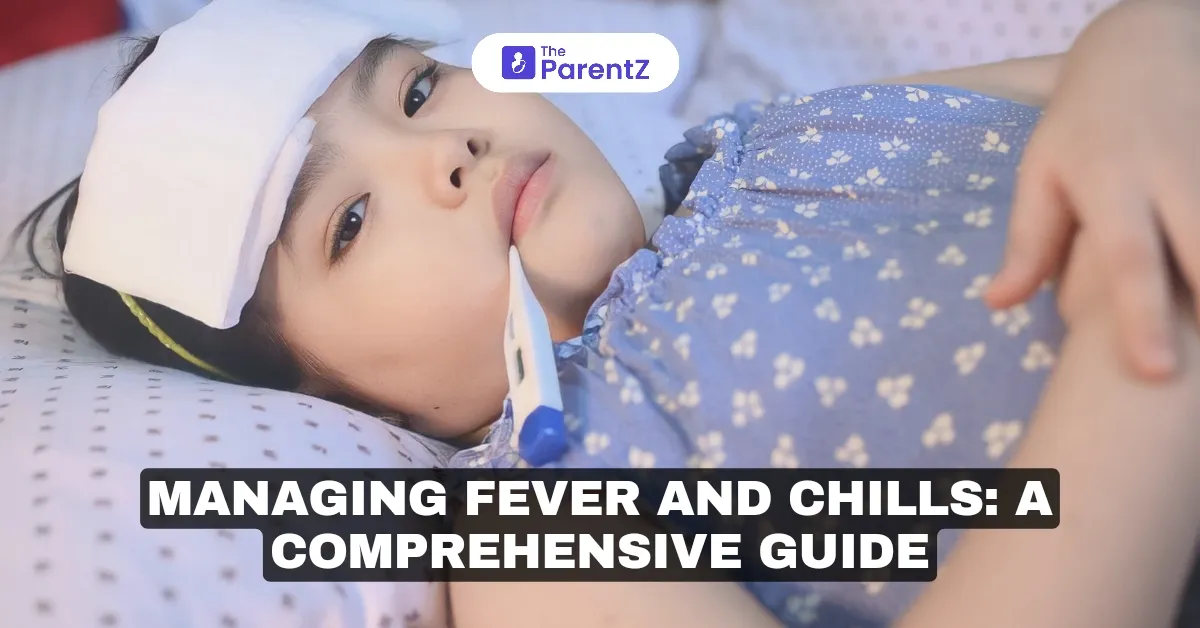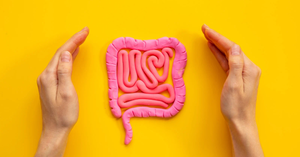Fever and chills are common symptoms of various illnesses, including infections, flu, and inflammatory conditions. A fever is the body’s natural response to combat infection, while chills often occur as the body works to regulate its temperature. By understanding these symptoms and employing effective management strategies, you can alleviate discomfort and support your recovery process.
Understanding Fever and Chills
What is a Fever?
A fever is a temporary increase in body temperature, often signaling the immune system’s response to an infection or illness.
What Causes Chills?
Chills occur when muscles rapidly contract and relax, generating heat to help the body adjust to a higher temperature set point caused by a fever.
Common Causes of Fever and Chills
- Viral infections such as the flu, colds, or COVID-19.
- Bacterial infections like urinary tract infections or strep throat.
- Inflammatory conditions, including arthritis or autoimmune diseases.
- Heat exhaustion or sunburn.
- Side effects of certain medications or vaccinations.
Effective Strategies to Manage Fever and Chills
1. Rest and Hydration
Rest and hydration are crucial when managing fever and chills. Fever can dehydrate the body, while chills can sap energy. Resting allows your body to focus on recovery, and staying hydrated replenishes lost fluids. Drink plenty of water, herbal teas, or clear broths, and avoid dehydrating beverages like caffeine and alcohol.
2. Dress Comfortably
Overdressing or bundling up excessively can trap heat and worsen a fever. Instead, wear lightweight, breathable clothing and use a light blanket if necessary.
3. Maintain a Comfortable Room Temperature
Keep the room cool but avoid making it too cold. Ventilate the room with a fan or open windows, but ensure there are no direct drafts.
4. Use Over-the-Counter Medications
Medications such as acetaminophen (Tylenol) or ibuprofen (Advil, Motrin) can help reduce fever and alleviate associated aches or inflammation. Always follow the recommended dosage or consult a healthcare provider.
5. Lukewarm Sponge Bath
A lukewarm sponge bath can help lower body temperature gradually without causing chills. Use lukewarm water and gently sponge areas like the forehead, armpits, and neck. Avoid ice baths or cold showers, as they can trigger shivering, which may raise body temperature.
6. Cooling Compresses
Applying a cool, damp cloth to areas like the forehead, wrists, or back of the neck can provide temporary relief from fever.
7. Eat Light, Nutritious Meals
Focus on consuming easy-to-digest foods that provide essential nutrients, such as soups, broths, fruits, and vegetables. Avoid heavy, greasy, or sugary foods that may strain digestion.
8. Stay Calm and Relax
Stress can exacerbate symptoms of fever. Light relaxation techniques, such as deep breathing, meditation, or listening to soothing music, can help calm the body and mind.
When to Seek Medical Attention
While most cases of fever and chills can be managed at home, consult a healthcare provider if:
- High Fever: A fever exceeds 103°F (39.4°C) in adults or is persistently high.
- Severe Symptoms: Persistent vomiting, confusion, severe headache, or difficulty breathing.
- Accompanying Symptoms: Rashes, stiff neck, or sensitivity to light, which may indicate serious conditions.
- Vulnerable Populations: Young children, elderly individuals, pregnant women, or those with weakened immune systems.
Preventing Fever and Chills
- Practice Good Hygiene: Wash hands frequently and disinfect surfaces to minimize the spread of germs.
- Stay Vaccinated: Keep vaccinations up to date to protect against common infections.
- Stay Hydrated and Eat Well: Maintain a balanced diet and drink plenty of fluids to support immune function.
- Avoid Close Contact with Sick Individuals: Limit exposure to people who are unwell, especially during flu season.
- Manage Stress and Sleep: Get adequate rest and manage stress levels to strengthen your immune system.
Conclusion
Fever and chills are common symptoms that indicate the body is fighting off an infection. While they can often be managed with rest, hydration, cooling techniques, and over-the-counter medications, it’s important to monitor their severity. In cases of prolonged or severe symptoms, especially in vulnerable individuals, seek medical advice promptly. Proper care and preventive measures can help you recover quickly and maintain your overall health.








Be the first one to comment on this story.